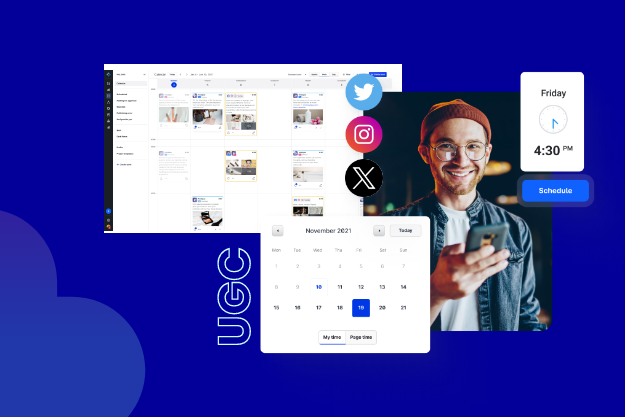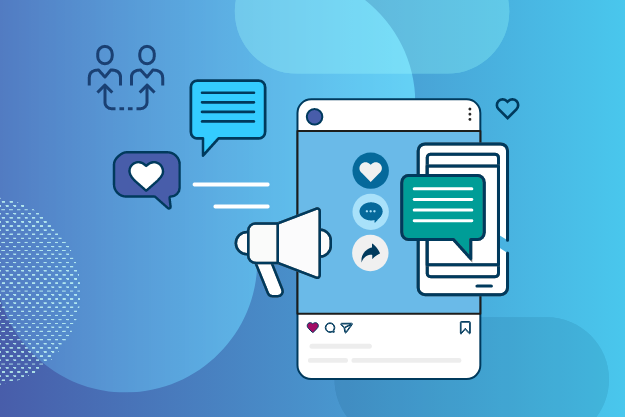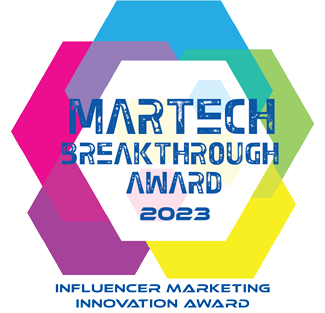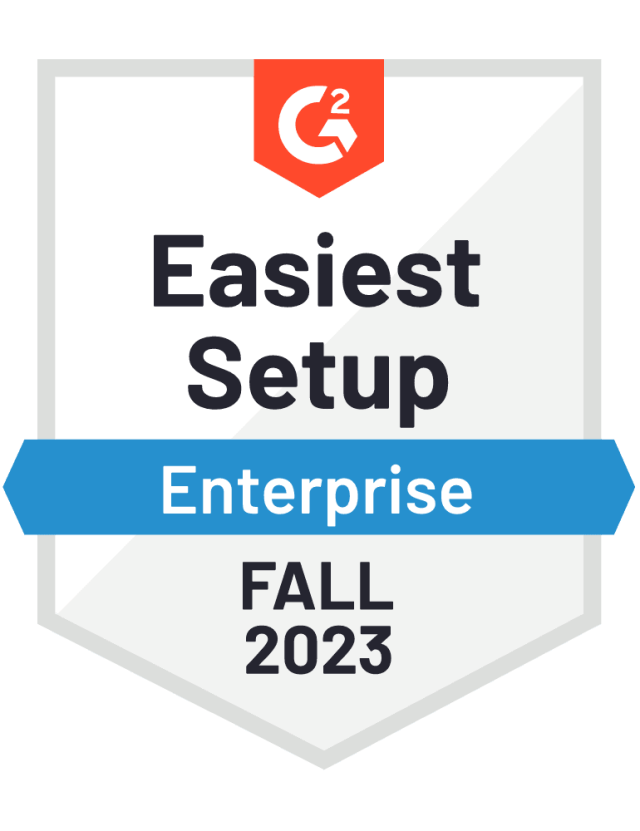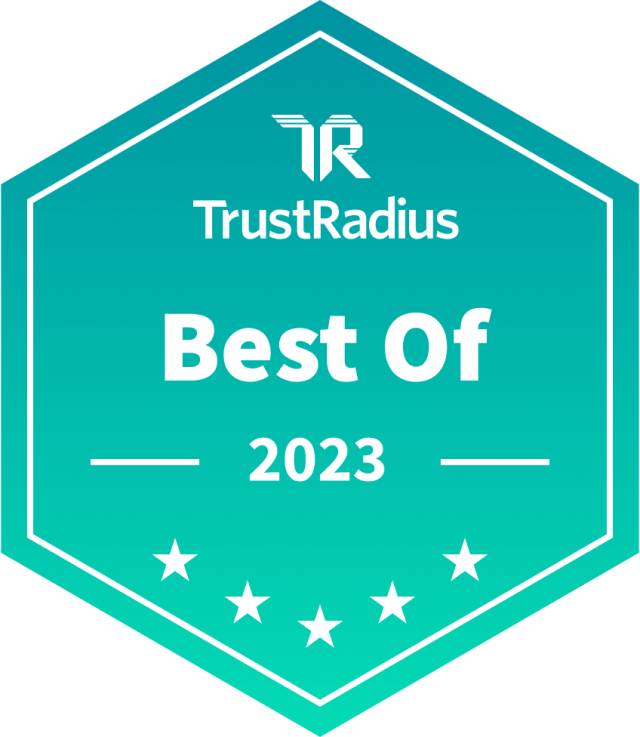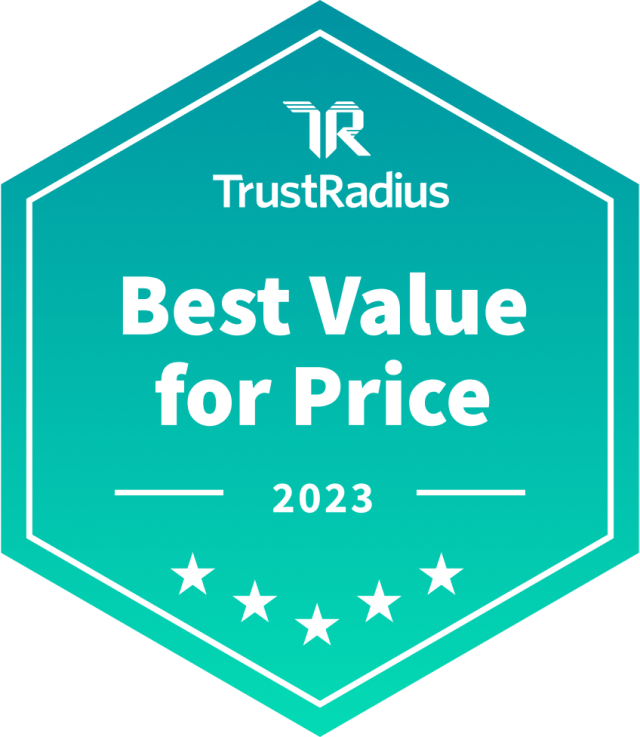Community-driven marketing is a multifaceted strategy to build brand loyalty and strong relationships with consumers, no matter what industry your brand operates in. The number of direct-to-consumer businesses has skyrocketed in recent years, and an increasing number are using community-driven marketing on channels like social media and email. This article is your complete guide to community-driven marketing for direct-to-consumer brands (D2C). We’ll explain what qualifies as effective community-driven marketing content and how to make the most of that content across your overall marketing campaigns.
What is community-driven marketing?
Community-driven marketing is an umbrella term that typically encompasses peer-to-peer or word-of-mouth marketing, employee-generated content, and influencer marketing. Instead of traditional advertising or professional photography to promote your product, peer-to-peer marketing is founded on customers and other community members recommending products to each other.
When consumers get advice or recommendations from people in their community, it often feels more authentic than when a brand advertises to them. User-generated content (UGC), any type of media not created by your brand, is 35% more memorable and 50% more trusted than traditional advertising content. This, in turn, leads to higher conversion rates and greater brand affinity.
Direct-to-consumer brands that champion UGC build loyal customer relationships and brand identity. You’ll focus more on maintaining existing customers rather than attracting new prospects, which is ultimately more profitable. The loyal customers will therefore reach out to those new prospects via word-of-mouth, expanding the brand community.
Marketers for direct-to-consumer brands have to consider long-term customer lifecycle management. You don’t want people to order one product and then bounce; you want a community of users that connect with your brand regularly, and engage with each new product launch. Let’s dive into how you can do that.
How Direct-To-Consumer brands can build community
Social media platforms like Instagram, TikTok, and LinkedIn were designed with community in mind. A social media presence is essential for any modern D2C business, especially if you’re looking to benefit from community engagement.
1. Combine shopping and social media
Your brand’s social media needs to convey your company’s identity. Briefly sum up what your brand does in a punchy tagline for your bio. You’ll also want to include a link. While a link to your eCommerce website is acceptable, a better option from a marketing perspective is to include a Shoppable Instagram link. This means that users will be able to shop and learn more about products featured in individual posts you’ve shared.
The absolute best way to tackle social commerce as a direct-to-consumer brand is to feature UGC from your social community on your eCommerce website, social profiles, and emails, tagging products for a clear path to purchase.
Site visitors want to see people like them in your marketing content: let them contextualize your product with real customers’ UGC and shop directly from that social content.

Alo Yoga frequently reshares UGC and influencer content on social media, and using custom website galleries to feature shoppable UGC.
2. Embrace employee-generated content
Your employees likely use social media on their own time, so invite them to share their experiences with your brand and products on their own profiles, and reshare that content as the brand. This type of content is often referred to as “employee-generated."
By giving your employees a space to share their voice — whether that’s on your brand's social media profiles or on a dedicated website page — you’re showing your online community that your brand cares about its team and creates a company culture that they love to be a part of.

This approach overall generates a sense of empathy and authenticity for your brand, which in turn fuels community engagement. Get creative with the ways you include your employees’ content in your marketing; Old Navy showcased retail employee selfies in a reopening and precautions announcement email during the COVID-19 pandemic.
3. Coin your own brand hashtag
Hashtags group together topics and help users find other people with similar interests. Come up with a brand hashtag and use it in all of your social media content. Encourage users to add the hashtag to their content; this increases the brand’s online presence and makes it easier for your consumer community to find each other.
Be patient when it comes to users picking up your new hashtag on social media. One way to expedite this process and encourage your customers to start sharing content with it is to feature UGC you’ve gathered from the hashtag on your profiles. Pixlee TurnTo allows brands to collect, curate, permission, and publish UGC sourced from specific hashtags, mentions, photo tags, and more. This means you’re able to instantly access a high volume of marketing content that’s driven by your community and directly relevant to your brand.

A well-known brand hashtag also helps the consumer decision-making process. If a user learns about your company/product through your hashtag content, then the user only needs to click the hashtag to find a whole feed of related content! This encourages the user through the recognition, research, and consideration stages of their decision-making process.
4. Work with micro-influencers
If you’re a part of the marketing world, you’ve definitely heard the term before; micro-influencers are smaller-scale creators who have built a following on social media that trusts their recommendations and shares similar interests. Micro-influencers are especially valuable to direct-to-consumer companies looking to expand their audience while still reaching people who are interested in those specific products.
Check out the different types of influencers your brand can collaborate with to boost awareness on social media, and consider using an influencer marketing platform like Pixlee TurnTo to discover and manage multiple partnerships at once. The Cosmopolitan of Las Vegas drove over 250 million impressions on social media by resharing UGC and micro-influencer content on Instagram.

If you’re interested in learning more about what influencers and brand ambassadors want to see from the brands they partner with, and how to design your next campaign, check out our 2022 Influencer Trend Report. We compiled feedback from 1000+ real influencers in our creator network that can help you determine how to approach your next influencer marketing endeavor.
The power of community for Direct-To-Consumer brands
The direct-to-consumer retail model doesn’t use any wholesalers or third parties. Without these middlemen, there is more of an opportunity for authentic brand-consumer relationships. D2C brands need to use different outbound sales techniques than other brands because they’re contacting prospects directly.
D2C brands should use social, community-driven platforms like Instagram and TikTok for eCommerce marketing. eCommerce integrates well into online communities because users can engage with both eCommerce businesses and social pages in the same place.
Community-driven marketing and the marketing funnel
Direct-to-consumer brands should integrate community into the regular marketing and sales funnel. Understanding this funnel is crucial to tailor marketing/sales strategies to optimize each stage. From awareness to advocacy, the community should drive your approach every step of the way.

Awareness is the stage many D2C brands struggle with most. You don’t have the benefit of an established third-party retailer, so your brand has to build a presence from scratch.
The trick is to meet your customer base where they are. So if you’re marketing towards hobbyists or gamers, you need a presence on Reddit. If your ideal customer is more of a career-driven professional, then LinkedIn would be better. Pay attention to social listening metrics, so you know exactly where to target your marketing.
Initially, this community will only have light engagement. They might view your content or even follow your brand’s profile, but haven’t bought the product yet. Understand what these new followers want from a business and use that to inform your sales strategy. This will make it easier to guide consumers from the interest/desire stages towards conversion.
Stages of community-driven marketing
As your brand grows, the community built around it becomes more and more integral. Social media is a great place to attract consumers initially, but you’ll want them to move off that third-party platform and into a more D2C business relationship.
A lot of marketing is about having an omnichannel approach. After attracting a customer base through your social media content, you can add more direct strategies like newsletters or a subscription-based members club, depending on the product you sell.
The goal is to have a more significant but shallower (however, not fake followers or completely unrelated users) following on free platforms, then a more exclusive, very engaged community that your brand communicates with directly. This will make the community (and, therefore, the brand) even more appealing.
Newsletters are also a great backup plan in case of technical issues with other community platforms. A mass email goes straight from a business to its customer mailing list with minimal hassle.
Don’t forget UGC… as well as ratings and reviews
User-generated content is vital to the loyalty and advocacy stage of the community-driven marketing funnel. As we’ve outlined, customers perceive UGC as more authentic, trustworthy, and realistic.
The beauty industry is a trailblazer in UGC, as many customers upload makeup tutorials to video-based social media platforms. This content acts as both a review and an advert for the product, and comes directly from a user in the community.
Remember that text-based customer content like Ratings & Reviews are just as vital as photos and videos to your community-driven marketing strategy. Once you get a few satisfied customers to share their positive experiences with your brand and product, make those reviews easily accessible to your community and thank your reviewers.
Community-driven marketing means selling more than just a product. As a direct-to-consumer brand, your connection with your customers is the foundation of your business. We hope this has inspired you to take a more community-driven approach to your marketing strategy.
Grace Lau is the Director of Growth Content at Dialpad, an AI-powered cloud communication platform for better and easier team collaboration with features like sales automation in Dialpad. She has over 10 years of experience in content writing and strategy. Currently, she is responsible for leading branded and editorial content strategies, partnering with SEO and Ops teams to build and nurture content. Grace has written for domains such as Startups Magazine and MultiBriefs. Here is her LinkedIn.
Editor's Note: This article was originally published on pixlee.com. Any statistics or statements included in this article were current at the time of original publication.










